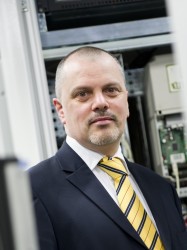BibTex format
@article{Judge:2019:10.1049/iet-rpg.2019.0462,
author = {Judge, PD and Chaffey, G and Wang, M and Dejene, FZ and Beerten, J and Green, TC and Van, Hertem D and Leterme, W},
doi = {10.1049/iet-rpg.2019.0462},
journal = {IET Renewable Power Generation},
pages = {2899--2912},
title = {Power-system level classification of voltage-source HVDC converter stations based upon DC fault handling capabilities},
url = {http://dx.doi.org/10.1049/iet-rpg.2019.0462},
volume = {13},
year = {2019}
}

